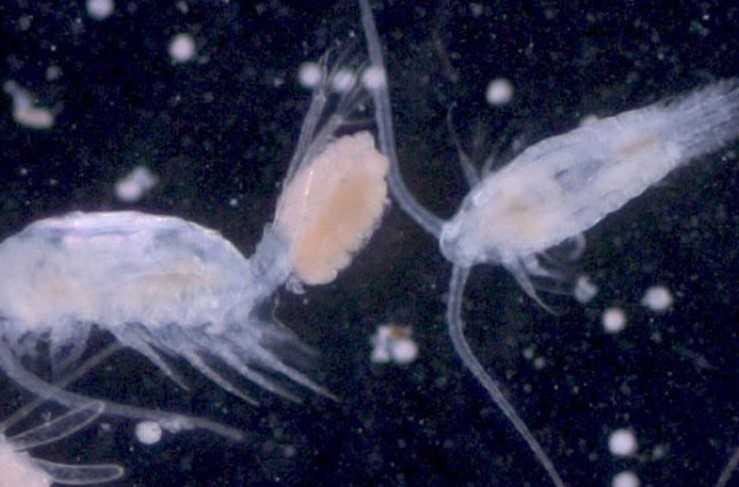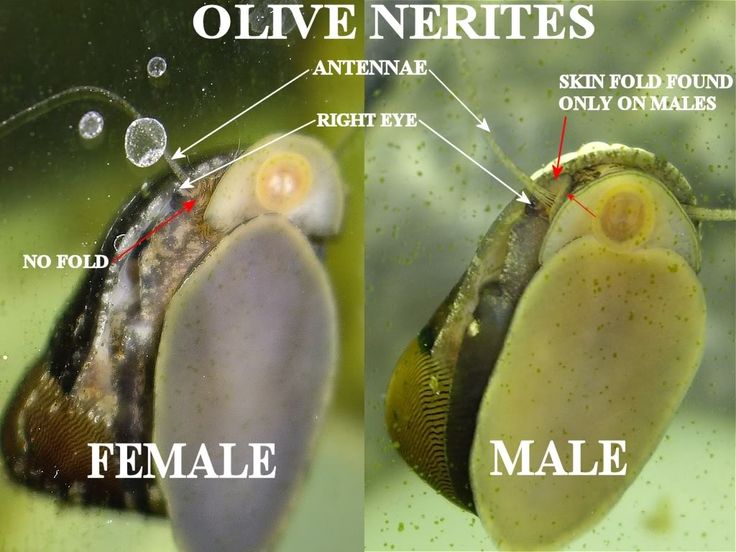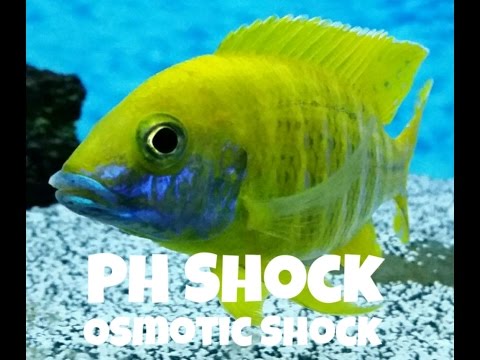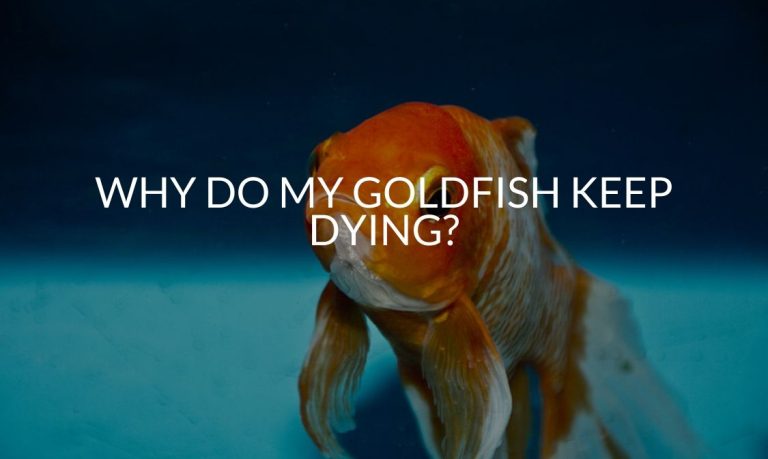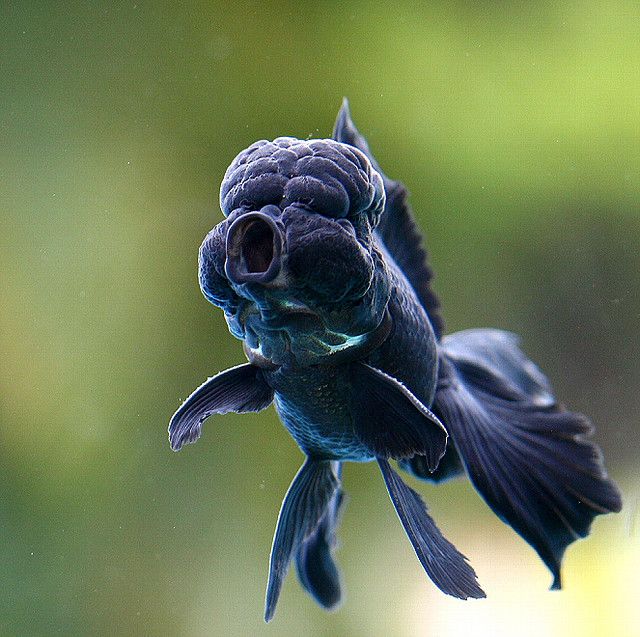What Do Copepods Eat? The Ultimate Guide to Their Diets
Copepods primarily feed on phytoplankton, but also consume small amounts of bacteria and detritus. These tiny crustaceans play a crucial role in marine food chains as both predator and prey.
Copepods are incredibly important in marine ecosystems as they represent the most abundant group of zooplankton in the ocean. Their diet plays a vital role in balancing the food web as they consume phytoplankton and are themselves consumed by a wide range of aquatic animals, including fish and whales.
Copepods have evolved to have a diverse range of feeding mechanisms, such as filter-feeding and predation, to fit a wide range of ecological niches. In this article, we will dive deeper into the diet and eating habits of copepods, and explore their importance in the ocean.
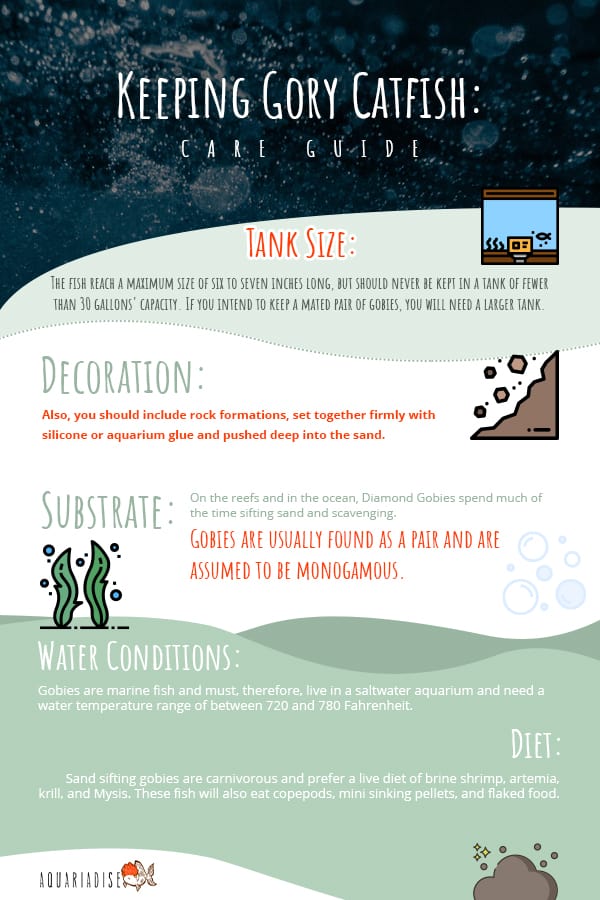
Credit: www.aquariadise.com
Copepod Anatomy And Feeding Mechanisms
Overview Of Copepod Anatomy
Copepods are small crustaceans typically measuring less than 1 mm in size. They have an elongated body shape, with an exoskeleton that is segmented. They have two pairs of antennae – one pair short and the other pair long. The long pair is used for swimming, while the short pair is used for sensing the environment.
They also have a compound eye, which allows them to perceive their surroundings in detail. Copepods have a simple digestive system, including a mouth, esophagus, intestine, and anus.
How Copepods Eat
Copepods are filter feeders and feed on phytoplankton, zooplankton, and detritus. They use their appendages to create water currents that draw in food particles. Small particles are filtered out through setae, which are small hair-like structures. Larger particles are seized with their mandibles and transferred to their mouth.
Copepods use their appendages to move the food down their digestive tract, where it is processed into nutrients.
Importance Of Feeding Mechanisms In Understanding Their Diets
Understanding the feeding mechanisms of copepods is crucial in comprehending their diets. Because copepods are filter feeders, they rely on the size and shape of food particles—especially phytoplankton—to survive. Their feeding mechanisms can also impact how they cope with environmental change, including shifts in nutrient availability, temperature, and predators.
Furthermore, copepods are an essential part of the marine food chain and are an important food source for larger organisms like fish and whales. Understanding their feeding mechanisms and diet is crucial for maintaining healthy ecosystems.
The anatomy and feeding mechanisms of copepods provide insight into how they eat and their importance in marine ecosystems. By filtering small particles and seizing larger ones, copepods are key players in the food web and have a significant impact on the ecosystem’s health.
Natural Diet Of Copepods
Copepods are tiny crustaceans that play a critical role in aquatic ecosystems. They are considered the cornerstone of the food chain and are often the primary food source for many aquatic organisms. Understanding the natural diet of copepods is beneficial for aquaculture and fisheries management.
In this blog post, we’ll explore the natural diet of copepods and the different factors that affect what they eat.
Overview Of Copod Natural Diet
Copepods are omnivores, which means they consume a variety of food sources, including phytoplankton, zooplankton and microbial communities. Their diet can be influenced by various biotic and environmental factors.
Phytoplankton
Phytoplankton is the primary food source for copepods, and they rely on them for their survival. They consume a variety of different types of phytoplankton, including diatoms, dinoflagellates, and cyanobacteria. Copepods often prefer different species of phytoplankton based on the availability and the nutritional quality of their food sources.
Phytoplankton itself is dependent on various factors such as availability of nutrients, light, water quality, and predation, which ultimately affects copepod populations.
Zooplankton
Copepods also feed on other small zooplankton, such as rotifers and small crustaceans. They start consuming zooplankton at the later stages of their life cycle when they have developed mouthparts that are better equipped to catch and eat these organisms.
Microbial Community
Microbes also contribute significantly to the diet of copepods. They consume bacteria, fungi, and other microorganisms present in the water column. Every copepod species has different tastes and preferences when it comes to microbial communities and can tune their feeding behavior to optimize their diets.
Factors Affecting Copepod Natural Diet
The natural diet of copepods can be influenced by various factors. Here are some examples:
- Food availability, distribution, and quality
- Water temperature, salinity, and turbulence
- Predation pressure
- Life stage
- Seasonal and diurnal cycles
All the above factors affect the abundance, distribution and nutritional quality of copepod food sources and ultimately affect the copepod natural diet.
Understanding the natural diet of copepods is essential for sustainable aquaculture, fisheries, and ecosystem management. Copepods are an essential component of the food chain and influence the productivity of aquatic ecosystems.
Coped Acquired Diet
Copepods are tiny crustaceans that are an essential component of aquatic food chains. Being an intermediate prey item, these microscopic critters are eaten by a vast range of aquatic animals, which paves the way for understanding their diets. In this post, we will explore the copepod acquired diet.
Description Of Copepod Acquired Diet
Copepods are an essential part of the marine food web, and they feed on different types of food sources. They are classified as omnivorous feeders as they consume both plants and animals as a part of their diet.
Types Of Food Consumed
Copepods acquire food from a variety of sources, with their diets varying according to their species, location, and availability of food. Here are some food types commonly consumed by copepods:
- Phytoplankton: Many species of copepods feed on phytoplankton, including diatoms, dinoflagellates, and cyanobacteria.
- Zooplankton: Some copepods consume other zooplankton species, including rotifers, tintinnids, and ciliates.
- Bacteria: Some species of copepods feed on bacteria, and it forms a significant part of their diet.
Detritus
Copepods also feed on detritus, which is the decaying remains of dead animals and plants. These organisms are known as detritivores and play an essential role in breaking down organic matter. Copepods, being detritivores, help in the removal of excess organic material from aquatic environments.
Cannibalism
Cannibalism is also a common feeding behavior observed in copepods. Small copepod nauplii are often consumed by larger copepod species, which can impact their population dynamics.
Importance Of Understanding Acquired Diet
The copepod acquired diet varies depending on the species, environmental conditions, and availability of food sources. Understanding these diets and feeding behaviors is crucial to understanding their ecological roles in aquatic environments. It is also vital to fisheries management and the conservation of marine ecosystems.
To sum it up, the copepod acquired diet is diverse, and they feed on various food sources, including phytoplankton, zooplankton, bacteria, and detritus, with some species even resorting to cannibalism. Having a better understanding of their diets is essential for comprehending their ecological roles, fisheries management, and the conservation of marine ecosystems.
Grazing By Copepods
Overview Of Copepod Grazing
Copepods are small crustaceans found in marine and freshwater environments. They act as grazers, feeding on algae and other small organisms. These tiny creatures are an essential part of the marine food web, and their grazing behavior plays a vital role in the ocean’s carbon cycle.
Role Of Copepods In Marine Ecosystem
Copepods are one of the most abundant and diverse groups of marine animals in the ocean. Their grazing behavior has significant implications in the ocean ecosystem. Some of the key roles of copepods include:
- Acting as a food source for larger marine animals such as fish, whales, and squid.
- Regulating the growth of phytoplankton, which are primary producers in the ocean.
- Helping to recycle nutrients by releasing fecal pellets, which contribute to the ocean’s carbon cycle.
Factors Affecting Copepod Grazing
Several factors can influence copepod grazing, including:
- Availability of food: Copepods tend to consume more when food is plentiful.
- Predator presence: The presence of predators can cause copepods to reduce their grazing activity.
- Temperature: Temperature can significantly affect copepod metabolism and grazing behavior.
Effects Of Temperature On Grazing
Temperature plays a crucial role in copepod metabolism, and it can indirectly influence their grazing behavior. Warmer water temperatures can enhance copepod feeding rates and metabolism, leading to faster growth. However, excessively warm temperatures can also be harmful to copepods, leading to a decrease in feeding activity and survival.
Significance Of Copepod Grazing In Marine Carbon Cycle
Copepod grazing is a critical component of the ocean’s carbon cycle. As grazers, copepods consume large amounts of phytoplankton, which are primary producers of organic matter in the ocean. When copepods excrete fecal pellets, the trapped organic matter sinks to the bottom of the ocean, where it contributes to the sequestration of carbon.
Thus, copepod grazing plays a vital role in the ocean’s carbon cycle, impacting the planet’s climate as a result.
Copepod Diets Across Environments
Copepods are tiny crustaceans that can be found in almost every aquatic environment, from freshwater to the open ocean. These small creatures play critical roles in aquatic ecosystems, serving as a major food source for various marine organisms, including small fish, turtles, and whales.
But, what do copepods eat? Let’s explore the different copepod diets across environments.
Copepod Diets In Freshwater:
- Freshwater copepods mostly feed on algae, bacteria, and detritus found in the water.
- Some species of freshwater copepods are parasitic, feeding on the blood of invertebrates or the mucus secreted by fish.
- In certain freshwater environments, copepods may act as predators and consume other small aquatic organisms, like rotifers and protozoa.
Copepod Diets In Coastal Areas:
- Copepods in coastal areas tend to have a more diverse diet than their freshwater counterparts. They may consume a variety of algae, including diatoms and dinoflagellates, as well as copepods from other species.
- Some coastal copepods feed on the eggs and larvae of fish, while others may consume zooplankton, protozoa, and other small crustaceans.
Copepod Diets In Open Ocean:
- Copepods in the open ocean tend to feed on smaller particles than those in coastal areas and freshwater. They consume phytoplankton and detritus, along with other copepods.
- The diet of copepods in the open ocean can vary widely depending on their location and depth. Some copepods feed on diatoms in surface waters, while others may consume fecal pellets and debris that sinks to the ocean’s depths.
Factors Affecting Copepod Diets Across Environments:
- Temperature, salinity, and nutrient availability are critical factors affecting copepod diets.
- Changes in these environmental factors can cause a shift in the copepod’s diet and affect their population growth.
- Competition for resources and predator-prey relationships also influence copepod diets across environments.
Copepod diets vary widely across different environments, with factors such as temperature, salinity, and nutrient availability influencing their food sources. Freshwater copepods mostly feed on algae and detritus, while copepods in coastal areas and the open ocean have a more diverse diet, consuming a range of algae, zooplankton, and other small organisms.
Understanding copepod diets is essential in maintaining the balance of aquatic ecosystems, as these small creatures play crucial roles in the marine food chain.
Frequently Asked Questions Of What Do Copepods Eat
What Are Copepods?
Copepods are small crustaceans found in aquatic habitats all around the world. They are filter feeders.
What Is The Size Of Copepods?
Copepod size ranges from under one millimeter to over ten millimeters long.
How Do Copepods Reproduce?
Copepods reproduce sexually or asexually through egg-laying or internal fertilization. Some females can produce up to 60 eggs a day.
What Do Copepods Eat?
Copepods feed on phytoplankton, algae, bacteria and detritus. They are important in aquatic food chains.
Conclusion
The importance of copepods in aquatic food webs cannot be overemphasized, and understanding what they eat is crucial to their survival and other aquatic organisms that depend on them. Copepods have diverse feeding strategies, with some feeding on phytoplankton, while others feed on detritus, other zooplankton, and bacteria.
They also have a high tolerance for varied food qualities, making them important in nutrient cycling in both marine and freshwater ecosystems. Feeding play an important role in determining copepod growth, reproduction, and distribution, which ultimately affects their population dynamics, and marine ecosystems’ overall health.
Understanding copepods’ feeding ecologies also plays a significant role in the assessment of environmental conditions within aquatic ecosystems, providing information on biotic interactions and nutrient flows. Overall, understanding what copepods eat is vital in their role in sustaining the aquatic food chains and should continue to be an area of research.
